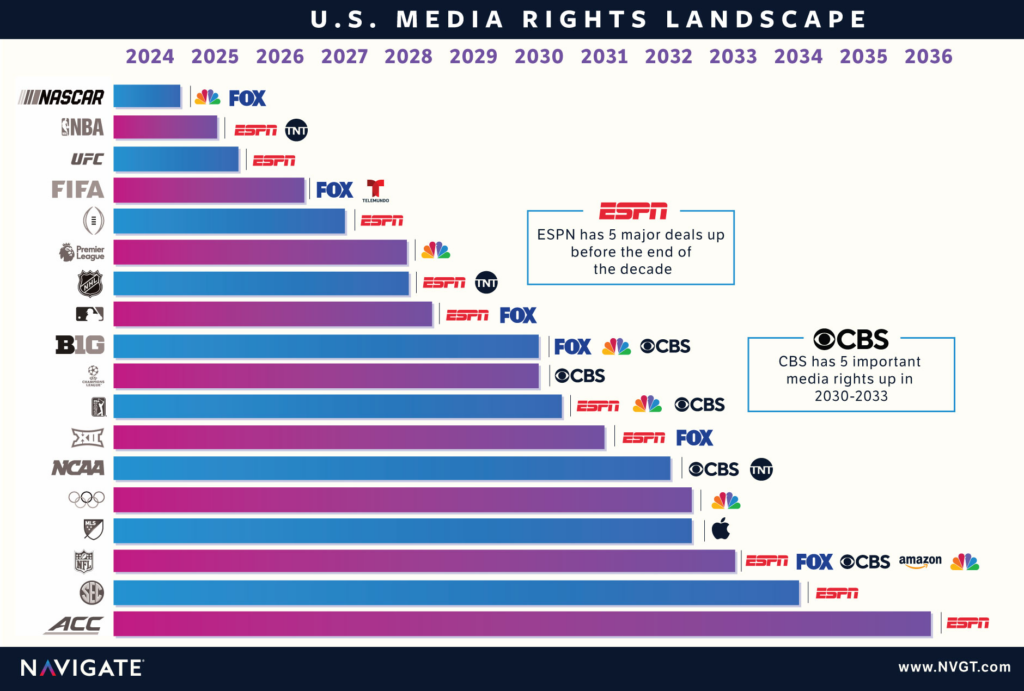
What Exactly do you mean by Campus-Wide Partnership?
I’m sure many of you saw the recent news about JMI Sports securing the Athletics Multi-Media rights for the University of Kentucky. You may or may not have noticed that “campus rights” were a part of this agreement as well. University of Kentucky’s media deal includes rights to sell more than athletics.
This is a relatively new approach – taking the Athletics sponsorship model, adapting it, and applying it across campus to develop strategic partnerships with academic, administrative, and/or other units on campus (which may sometimes include athletics). Where athletic sponsorships include a variety of assets that are designed primarily to reach fans of a school’s teams, campus-wide partnerships reach all stakeholders including fans, students, alumni, faculty and employees. These types of corporate partner programs in higher education institutions are slowly gaining acceptance not only as seen in this Kentucky deal, but Ohio State, Washington, UCLA, and Arizona State have had great success in this area as well.
From the brand perspective, the assets of a university, found in its academic, administrative, and athletic programs and events, are leveraged to help achieve the brand’s sales and marketing goals. Schools are able to provide partners with a solution that reaches a highly desirable and elusive demographic while associating their brand, product or service with a university that aligns itself with the brand’s core marketing strategy.
From the school’s perspective, these strategic corporate partnerships allow a university to fully maximize its assets in exchange for cash. With budget shortfalls across the country, these deals often include in-kind trade and budget relieving measures as well. These arrangements give the added benefits to universities of stronger corporate relations, greater promotional value, and enhanced donor relations opportunities.
Creating campus-wide programs can be tricky given the large number of internal stakeholders, administrative policies and concerns over commercialization. A potential partnership opportunity will likely encounter internal resistance from some departments objecting to leveraging their marketable assets with corporate partners. Every campus has multiple departments that may be comprised of smaller departments, each with its own distinct organizational culture and existing relationships, so there may be varying levels of acceptance or resistance that must be addressed. But, by aligning the constituents and sharing goals, schools are able to break down the internal resistance or traditional athletic sponsorship walls and take full advantage of the impact and reach that schools can deliver to corporate partners outside of their athletic arenas and stadiums.
Leaders in the university setting (presidents, CFO’s, Vice Chancellors, AD’s, etc.) understand that as higher education funding from the government continues to shrink, budgets are continually reduced, departments are searching desperately for improved efficiencies, new technologies, and on and on…the end result is that colleges and universities MUST find new and recurring revenue streams. The beauty of this is that higher education is meant to foster innovation, and the most forward thinkers are now getting a chance to shine. By protecting the integrity of the campus and academic environment through campus-wide strategic partnerships, these leaders and innovators are putting their universities in the best position to build new and recurring revenue streams and create long term value.






